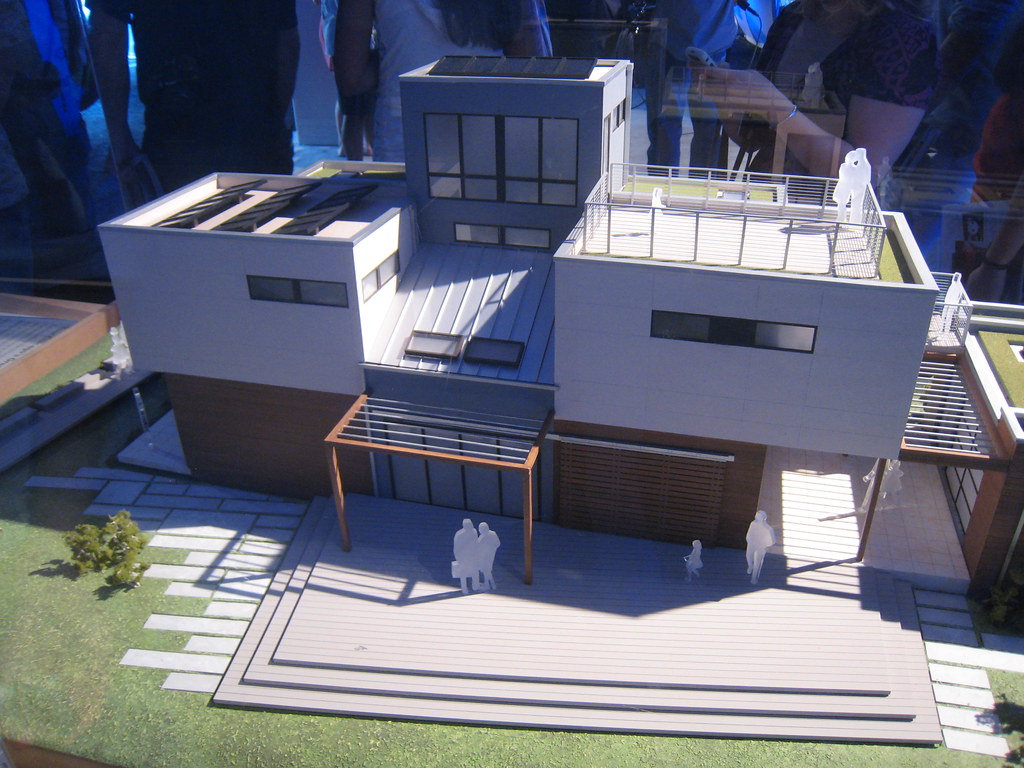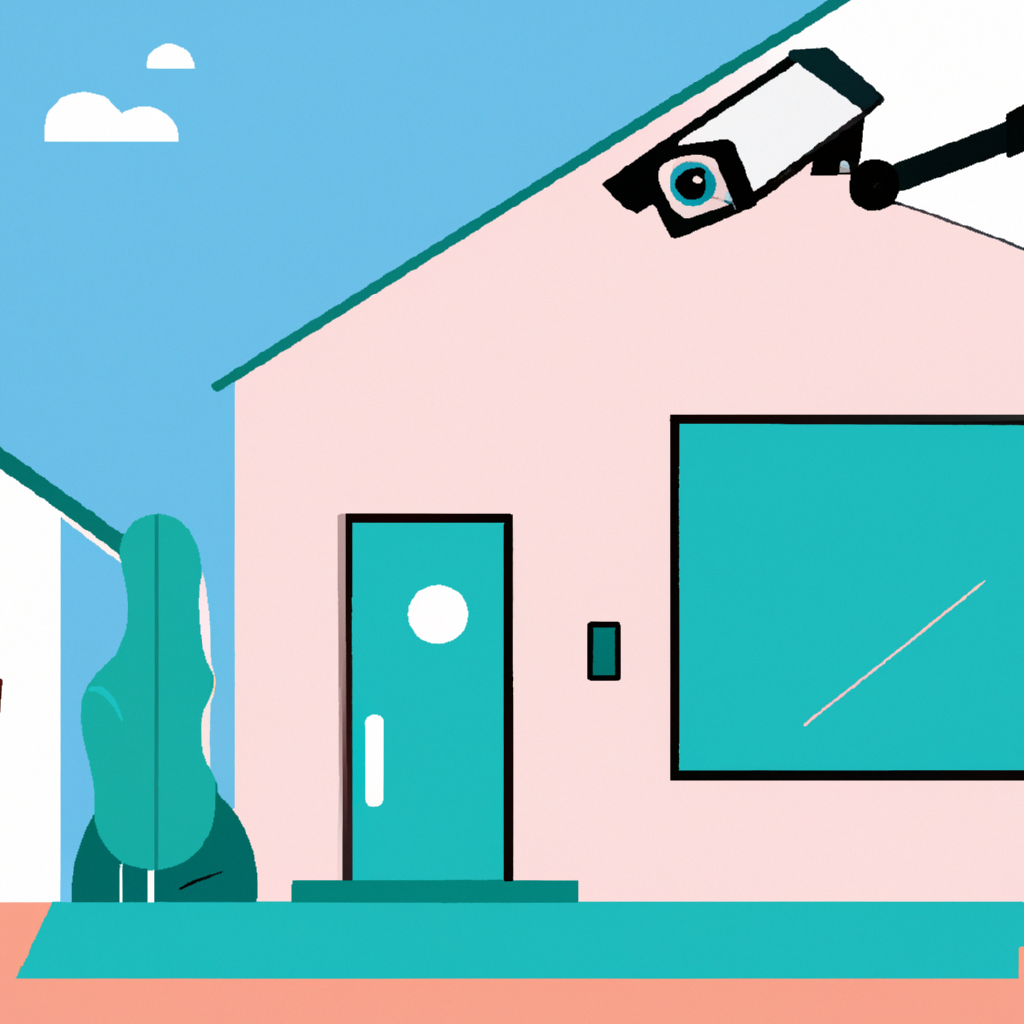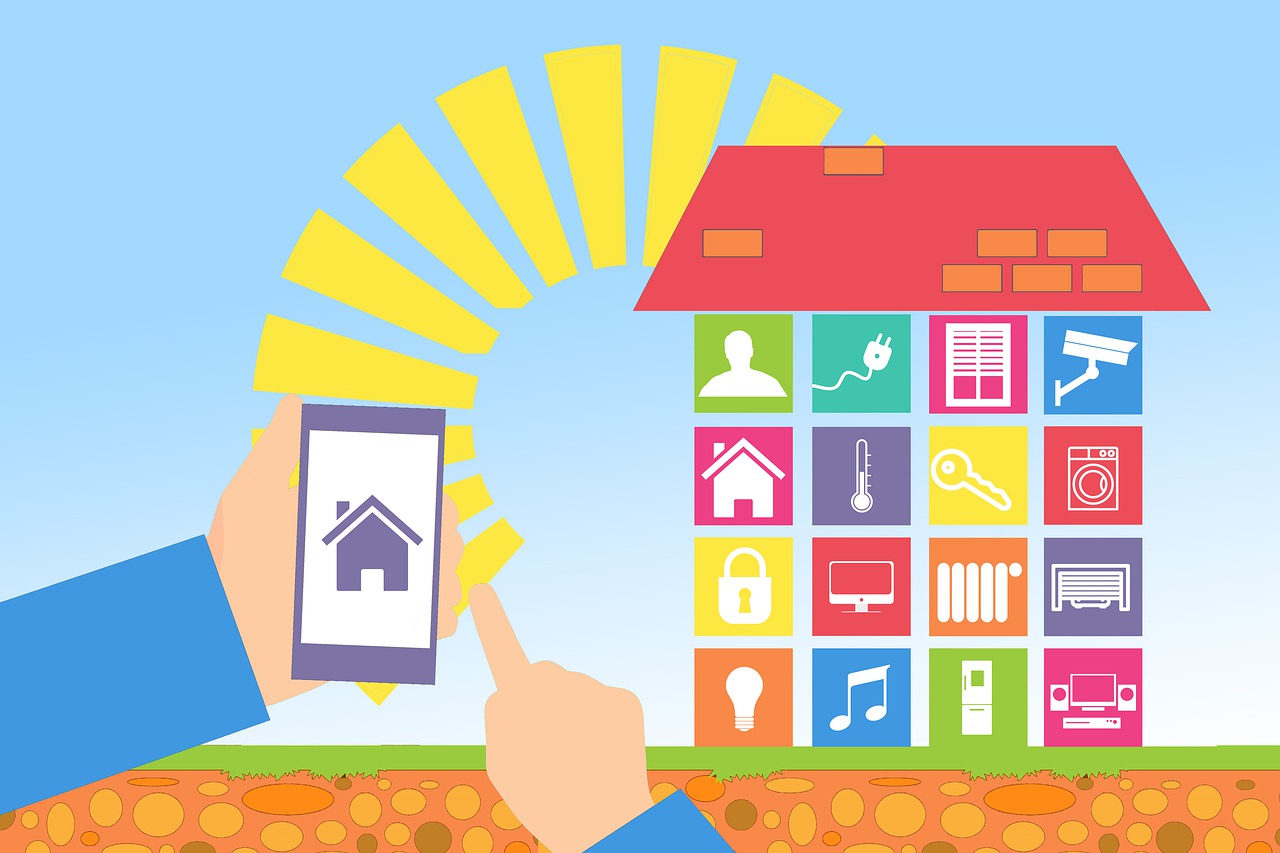One of our biggest disappointments in working with new clients when we learn they’ve already spent a sizable amount on existing equipment which may or may not be compatible with any given controller-based platform like ElectraPort.
One of the reasons we started ElectraPort was what we saw as a confusing marketplace for Smart Home equipment where it isn’t clear what will work with what else, and even if it claims to work together, how to actually do it. At least for right now, there’s no single manufacturer who can deliver every last thing that you’d want in a fully loaded Smart Home, so making things work together is a key part of a great installation.
Because it can arguably be started with installation of a single video doorbell, thermostat, lightbulb, ceiling fan, garage door opener, Wi-Fi camera, or any of lots of other things, many Smart Home retrofits have already gotten started without a master plan or overall design vision in place. In our experience, this is unfortunately a recipe for longer-term disaster.
One of the first and most basic checks (in our opinion) is whether or not the equipment can be controlled by a home-based Controller, or if it MUST be controlled using the manufacturer’s cloud service. If the latter, forget it, since it won’t be usable in the long term. For example, if you’re considering a given Wi-Fi or Ethernet video camera, there should be a way to connect to it directly from your PC or mobile device using a browser.
Another area we find homeowners under-focus on is the performance of Wi-Fi in general in their area. Do you live in an area with a density of other access points and networks you can see? Are some of them businesses transmitting at higher power, with outdoor access points? It can be amazing how many endpoints can end up online in a Smart Home. One of our earlier projects had about 45 light switches alone! You can easily have over 100 Things in a moderate-sized home, depending on what you want to automate and how far you choose to go.
As a homeowner, your Wi-Fi isn’t designed to handle this, we can confidently say. Virtually no Wi-Fi system sold at retail in USA is designed to support more than 100 devices (and most advertise support for ~45). Counting up your TV’s and mobile devices and everything already on there, how much more could you support? Preparing the Wi-Fi environment to support the expected end state can be an important first step that many homeowners don’t recognize will be needed at any point during the conversation.
An ElectraPort consultant or partner are trained to understand how the specifics of your unique home layout will affect all this and design a solution that will work for you. In a lot of cases, homeowners don’t realize that Wi-Fi doesn’t reach to or past the outer walls and corners of the house – and it’s not important until you try to put a Wi-Fi bulb or outlet into that corner, and it can’t connect reliably or at all. According to research by Zillow, there are at least 2,500 unique floor plans in American homes alone. There is no one-size-fits-all solution to getting enough Wi-Fi signal into an area.
You’ll end up with more Wi-Fi endpoints in your home than many small businesses have ever had in their network. But the small business probably had a network consultant come and design the network. ElectraPort and our partners can design yours.
We also recommend that you do thorough research into new products that you are considering adding to your Smart Home installation. One early customer of ours bought what’s advertised as a power usage monitor that uses AI and Machine Learning to understand flow patterns and also theoretically begin to predict usage and suggest optimizations. Once unboxed, they learned that the manufacturer says it takes up to two years to train the AI engine before it can/will produce usable reporting information. Subsequent searches showed easily-discovered customer complaints about it reporting on their second clothes dryer or third HVAC systems going on and off, and other useless conclusions the platform was drawing (even after theoretically having completed training). The purchase was shelved as useless and unfortunately the money was wasted. As an aside, it’s a brilliant sales strategy – if you tell the customer it could take up to two years to train, how could the customer complain within the first two years of ownership that it’s defective?
As they say in the biz, measure twice and cut once. We encourage homeowners to engage with ElectraPort or one of our partners to have a vision session and start to put together a design for the Smart Home of your dreams. We can help you build out an idea of what a perfect Smart Home would be for you and your family and then help make the dream a reality – a project you won’t regret undertaking.






Leave a Reply